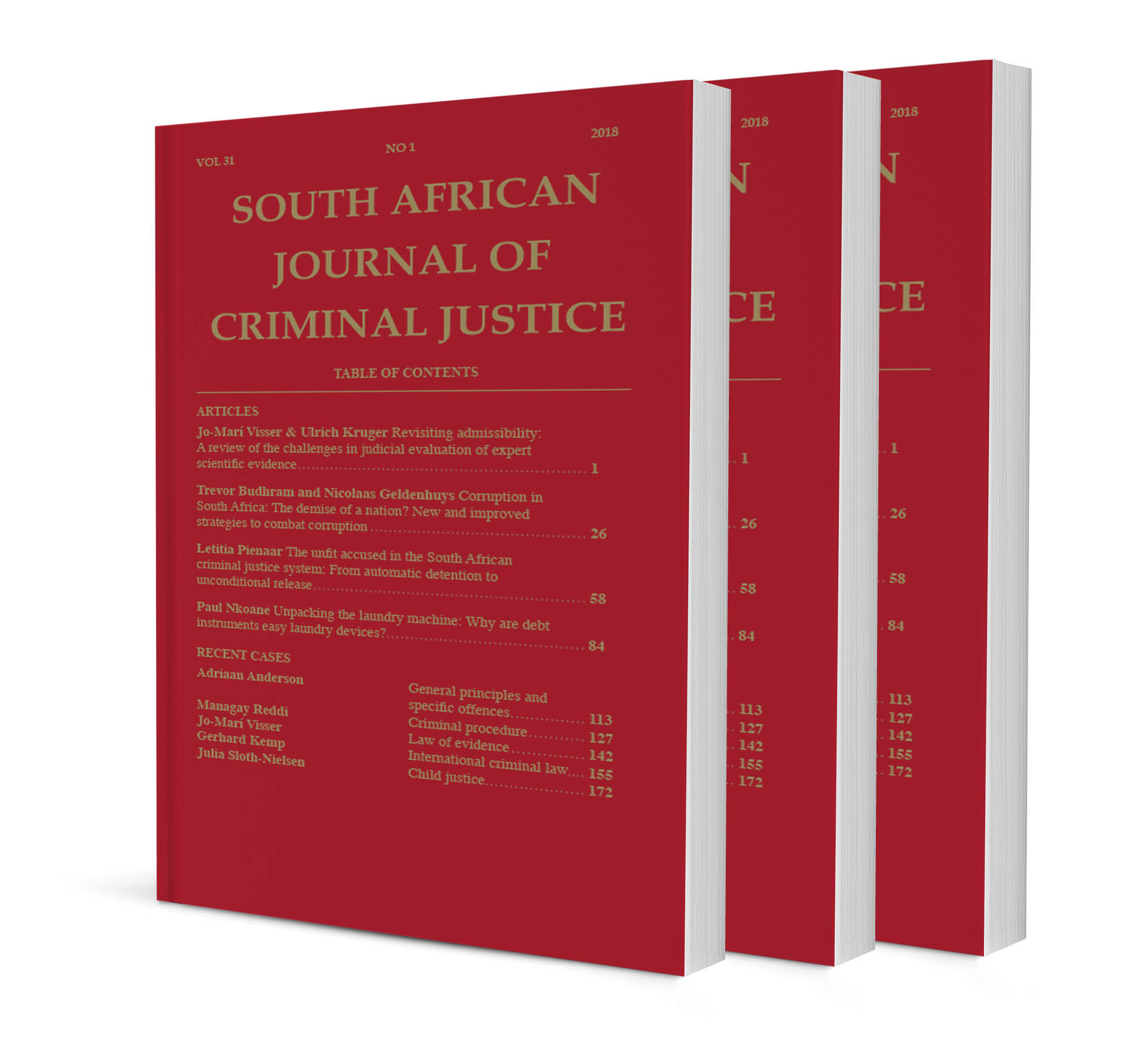
Barcoding banknotes: Moving towards a system addressing cash anonymity in money laundering and terrorist financing operations
Author: Ruann Jansen van Vuren
ISSN: 1996-2118
Affiliations: Bcom (Law) LLB (Stell), Paralegal to Advocate LJ Van Tonder SC
Source: South African Journal of Criminal Justice, Volume 37 Issue 1, p. 21 – 47
https://doi.org/10.47348/SACJ/v37/i1a2
Abstract
The anonymity in cash transactions present a significant hurdle in financial crime prevention. The central issue in addressing illicit cashflows lies in the difficulty to distinguish between licit and illicit cashflows amongst countless daily cash transactions. Addressing the issue poses the challenge of identifying a balance between an extreme of total surveillance, which can impinge on freedoms and disrupt cash-dependant economies, and total inaction, which allows illicit flows to persist. Between these two extremes lie various middle paths, some more effective than others in striking the required balance. Through an examination of the historical landscape of money laundering, the evolution of countermeasures, and the exploitation of gaps by criminals, a technologically advanced solution is proposed. In this regard, the implementation of traceable barcodes on banknotes aims to enhance transparency and traceability in financial dealings. A barcoded system is an innovative strategy to tackle money laundering and terrorist financing. This article assesses the viability, potential impacts and challenges of this system in policy formulation and economic frameworks, contributing to the discourse on enhancing anti-money laundering and counter-terrorist financing measures.